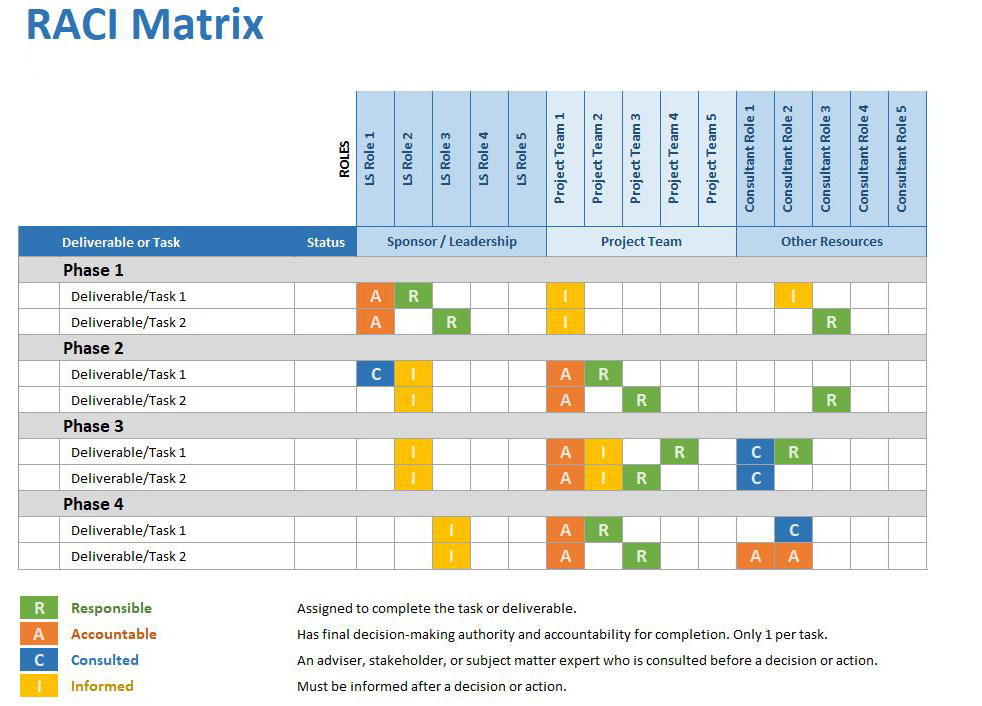
By: Scott Converse
Working remotely with virtual teams isn’t new, but with the recent pandemic, it’s become the new normal. While there are dozens of articles and blogs about how to be more effective in virtual meetings, a common question I’m fielding is, “how do I perform a group problem solving session or do an entire process improvement project when each of us is working remotely?” Here are some tips to help with your remote meetings and problem-solving sessions.
What’s the Problem?
A benefit of working with diverse teams is that each member has different experiences and viewpoints. Unfortunately, that strength can be an early roadblock. Even in face-to-face meetings there is often uncertainty about what it is that the group is supposed to analyze and improve. With remote gatherings it can be even more confusing.
The tools listed below have been around for decades and I find they are even more important to use with online meetings and remote problem-solving sessions. However, they should be created in advance, shared in advance, and then updated to reflect the information shared in the session. This list assumes you are working on a process; I have separate suggestions for non-process environments at the end of this message.
Tools to create a better understanding of the process problem:
- A current state high-level process map that shows the start and end points, in addition to the steps required to create the output. If the map is less than four objects, it’s too simple. If it’s greater than a page, slide, or more than nine steps, it will require additional explanation and context for the whole group to have a shared and similar understanding.
- A performance-based goal statement. SMART goals are nice, but in a process improvement problem solving session, I prefer to modify the SMART format. In performance-based goal statements, I include:
• A description of the process that will be analyzed where boundaries are described, as well as the primary output and some description of the frustration or problem the end users are experiencing. This helps provide context for the goal statement as well as for the high-level process map discussed earlier.
• An estimate of the current state performance. If you have any quantitative or qualitative data to support this, refer to it. If you don’t have data, don’t skip this critically important activity. Have the team use their diverse experience to make an estimate and assign the data collection as an action item after the meeting to capture relevant data or create an experiment that helps to show what is current state performance. Without a baseline for your process performance, you’ll have no insight as to whether you improved the system in future state.
• An estimate of the future-state performance needed to reduce frustration and meet end-user needs. Same rules apply for your future state estimate as do for your current state estimate.
• A timeframe for the goal to be reached. I also like to include any key milestones or key phases that require completion. For example, if you follow PDCA, when will each phase be completed?
Who’s Doing What?
It’s easy to bring everyone into a video conference, it’s much more difficult to have everyone agree on accountability related to the problem-solving analysis after the meeting. A roles and responsibility discussion is important. For small groups that meet frequently on other projects, this can be short and informal.
For newer and larger teams, it should be planned out in advance. Your planning should help create a conversation around how decisions are made, what is “good enough” or how quality levels will be determined for the work assigned, who should be consulted prior to decision making, and how the decisions should be shared with the group and the whole organization.
Classic tools used to foster a good conversation around roles and responsibilities include a RACI chart. At the end of the article I’ve included a template for a modified RACI chart optimized for a process improvement project.

What’s Not Going To Be Worked On?
Scoping is critical for any project. For virtual teams that are working on smaller or less complex projects there’s a tendency to not use classic scoping tools like a project charter or a statement of work. Be careful if you do decide to skip these tools.
At least create an In Scope/Out of Scope table that answers these questions:
• Are there certain customer types that we will be focusing on?
• Are there certain geographic regions that we will be considering? Certain branch locations? If not geography what about work shifts? Time zones?
• Are there special product or service offerings that should be excluded?
• Are there extremely complex requests that should be excluded from the group’s analysis?
• Are there certain functional groups within the organization that we’ll be optimizing the system for at first?
How Long Is This Journey?
Part of goal setting and scoping is creating time estimates for project completion. If you know that you must resolve the issue in only one or two meetings, this signals to the team that “perfect is our enemy; very good is what we are trying to achieve.”
If you know you’ll be meeting 10-20 times, that doesn’t mean everyone should over-analyze or try to reach perfection, or worse yet, everyone can procrastinate because there’s so much time in the schedule. But this additional time does mean you have more flexibility in the level of analysis, the types of technology used, and the amount of parallel activity happening concurrently. Naturally, estimates on day one will be less accurate than later in the project lifecycle, but setting some reasonable timeframes that reflect business and end-user need is important and helps to level-set for the team.
Smaller Groups Whenever Possible
Large meetings are hard to manage and run effectively. Large virtual meetings are even more difficult. Divide the large team into smaller subgroups and work off-line whenever possible. Many technology platforms allow you to do this within the meeting. I find it just as productive to make the large meeting shorter and then have the smaller groups meet online afterward to do their important work tasks, brainstorming, idea vetting, diagram building, or group discussion.
What If You Don’t Have A Process?
Processes have a beginning, an end, a series of steps, and they repeat over and over again. What if the issue being analyzed has never happened before (no current state), there are no “steps” or flow yet determined, and begin/end/output is uncertain? Many of the tools and tips described earlier will be unusable when you aren’t dealing with a process (for example the high-level process map.)
For highly uncertain initiatives that are more about new process design or new product development, use incremental and iterative approaches. Don’t try to build the whole solution or solve the whole complex issue. Instead have the group work on one small piece of the puzzle with the goal of creating something of value or a minimum viable solution. Use the small item of value to gather feedback from end users and the organization. Then create another small piece of value in the 2nd, 3rd , 4th, iteration. After each iteration, improve the way the team works, how technology is used, how they share information, and how decisions should be made. In highly uncertain environments, this incremental and iterative approach often outperforms more classic methods of problem solving.
Additional Resources
For deeper dives into each of the topics discussed, please visit the following professional development programs offered at the Center for Professional & Executive Development:
• Business Process Improvement Using Lean Six Sigma and Performance Metrics
• Managing Teams Effectively
• Effective Meeting Management and Facilitation
Please visit our blog for more articles to help you and your organization during periods of great change and transition.

Scott Converse teaches Process Improvement and Project Management programs for the Wisconsin School of Business Center for Professional & Executive Development. To learn more about these programs, view our Lean Six Sigma and Project Management Certificates.